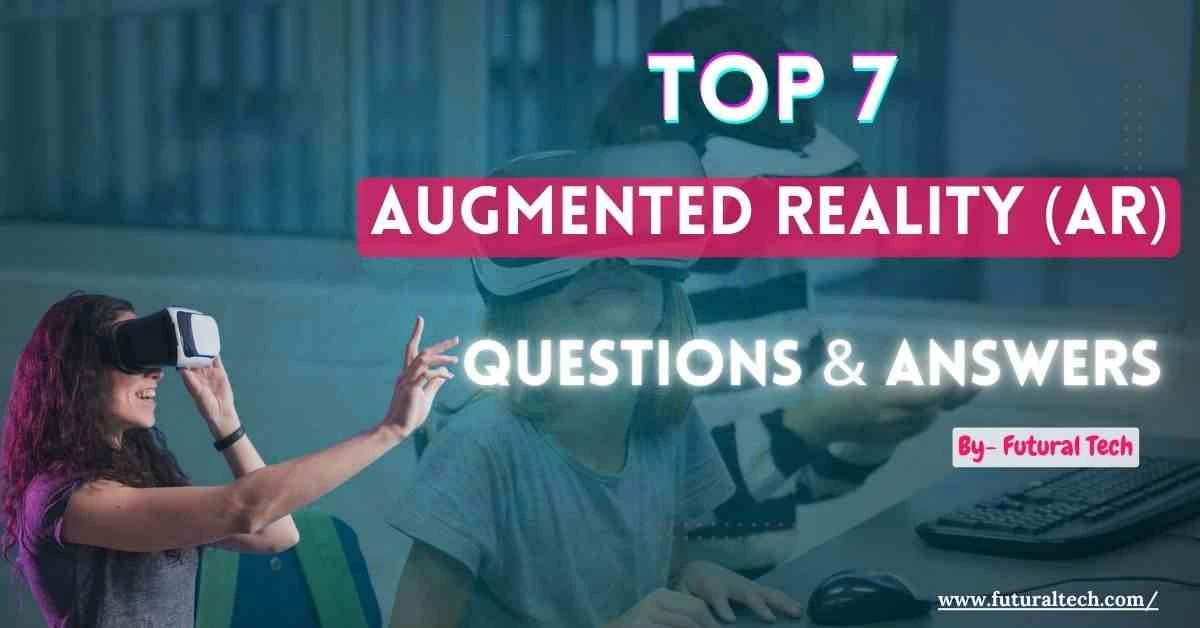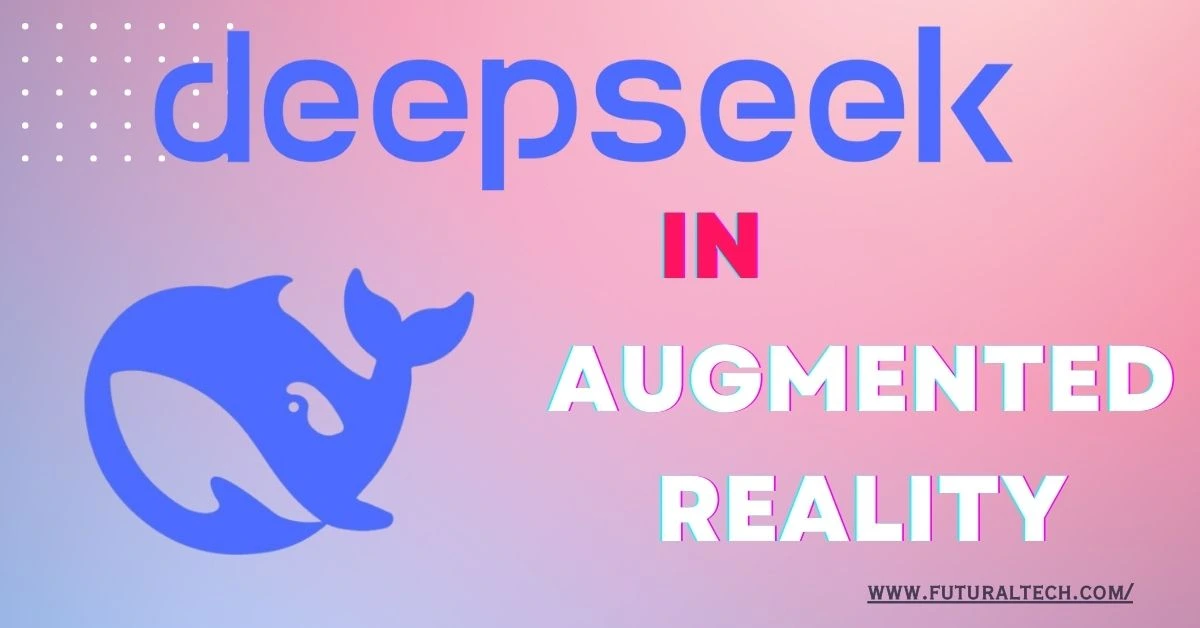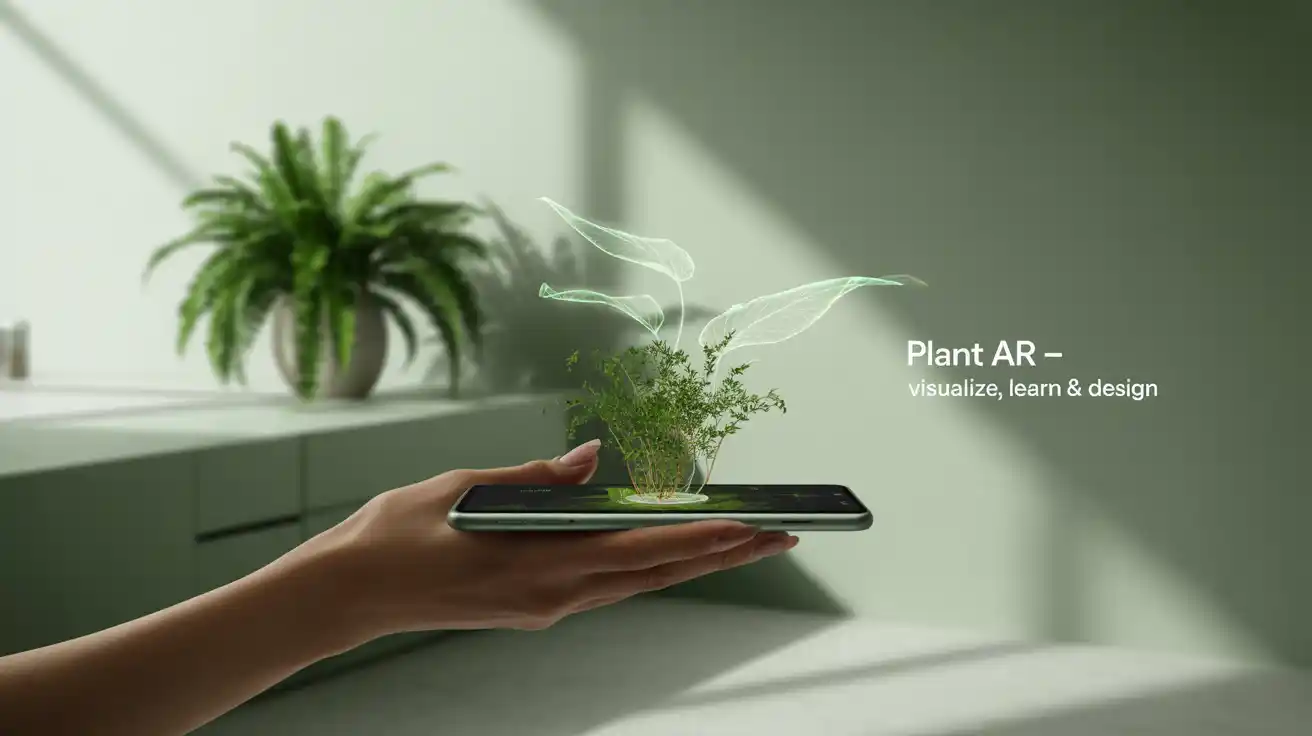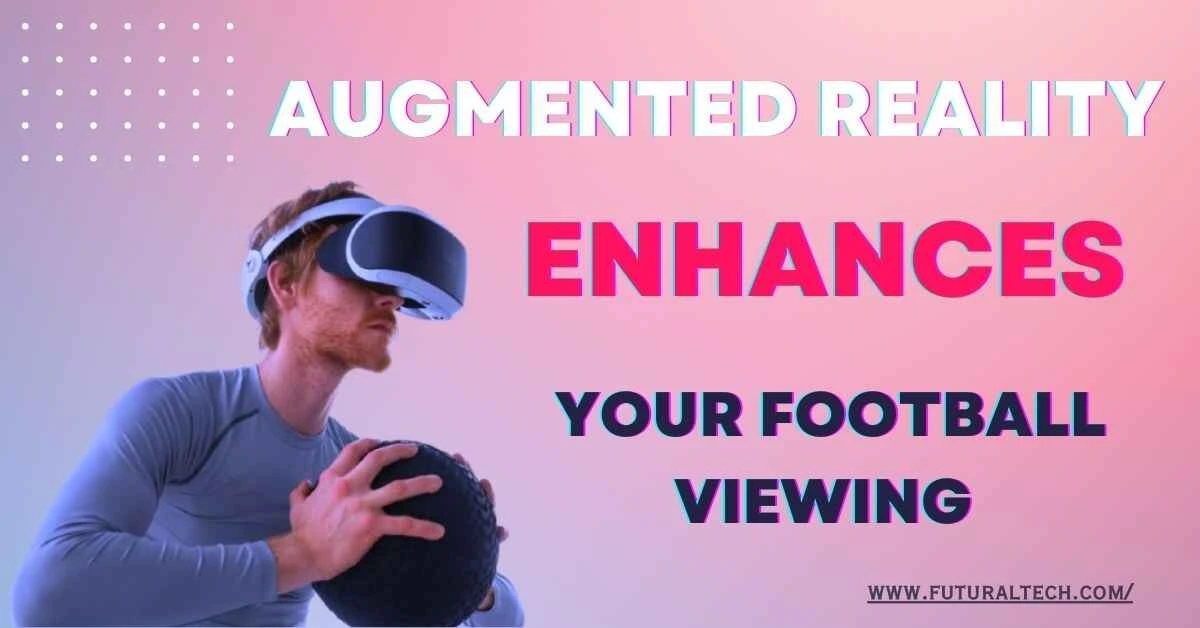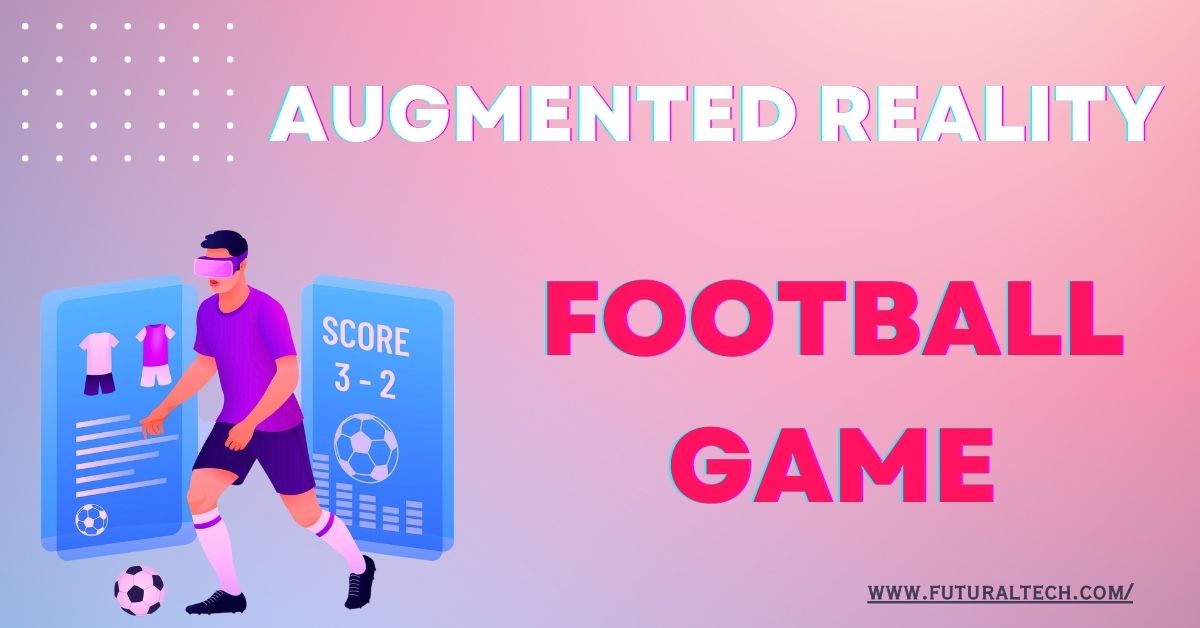The Future is Here! Schools Embrace Awesome AR Tech for Learning
By- Raj 7th-Sep-2024
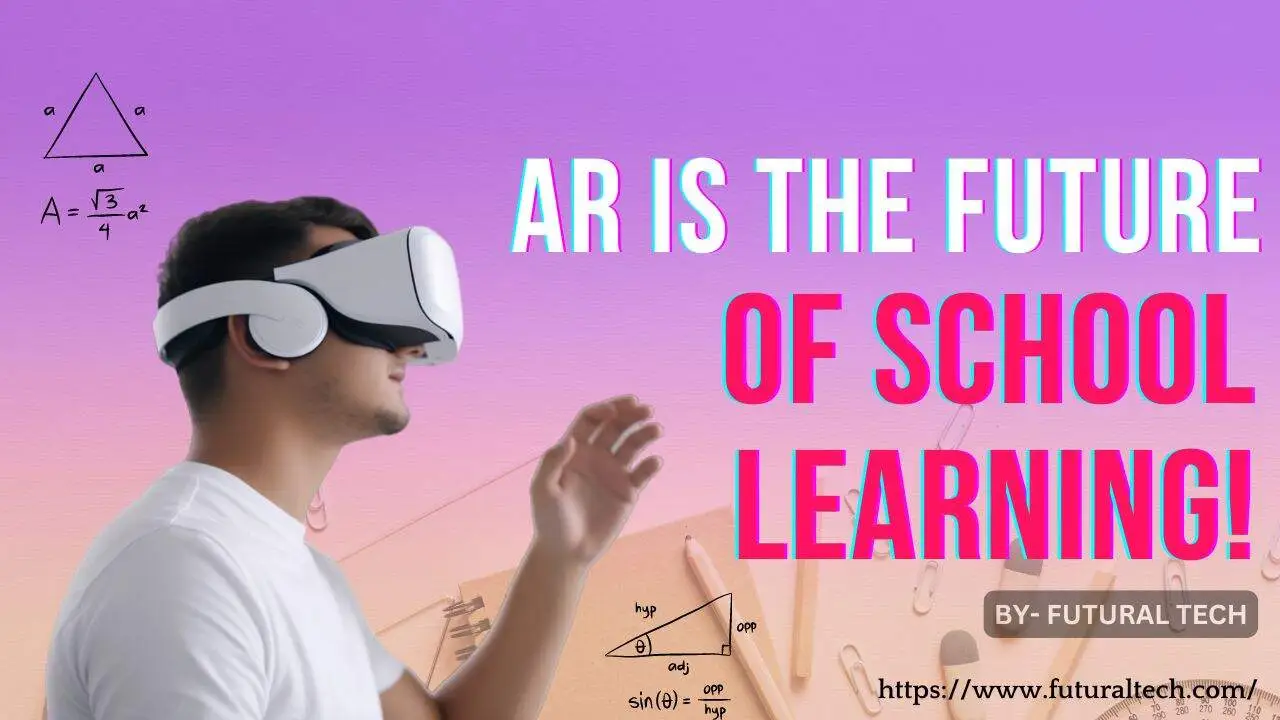
Introduction
A classroom where history is alive and well, or students can dissect frogs without ever owning a scalpel, or math problems float in the air? Welcome to education’s future where augmented reality (AR) makes learning much more engaging, interactive, and effective. This amazing technology is being embraced by schools from all over the globe, completely changing how teaching was conducted traditionally, making it a dynamic learning environment that equips learners for the 21st century.
What is Augmented Reality (AR)?
Augmented reality refers to a technology that superimposes digital information such as images, videos, sounds, or any other type of data onto the actual world through an AR glass, smartphone, or tablet. In contrast to virtual reality, which creates a completely immersive digital environment, AR adds digital elements to real life. Thus, it serves educational needs even better since it allows students to collaborate with both physical and digital worlds at once.
The Evolution of AR in Education
The journey of AR in education began with simple applications that projected 3D models on textbooks. The technological development over time has been so impressive. Some pioneers utilized AR in designing interactive museum exhibits and basic educational games. AR is now being included in school curriculums worldwide, backed up by advanced software and high-powered devices that can make learning materials come alive in ways that you wouldn’t believe.
Advantages of AR in the Classroom
Improving Students’ Engagement and Motivation
For a student, learning with AR games is a type of adventure. Making lessons into games and using interactive material helps them become more interested and eager to learn. This active engagement helps knowledge maintain and develop a love for education.
Easier Understanding of Complex Concepts
When it comes to AR, hard subjects like physics, chemistry, or biology become more understandable. To illustrate this point, students can use 3D visualizations to see molecular structures or observe the human heart beating live, thereby making remote concepts tangible.
Catering for Different Learning Styles
Each student learns differently from another. Through visuals, sound, and movement, AR caters to all types of learners who prefer different styles. Whether it’s seeing, hearing, or simply doing things, augmented reality can provide the necessary stimuli.
Increased Retention
Studies have shown that interactive learning experiences can significantly improve memory retention. A student will remember how virtual reality has helped him or her understand something better due to its immersive nature, which makes educational moments great for recall.
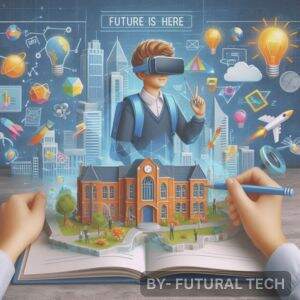
Different Ways AR Can Be Used in Different Subjects
Science
AR can change ordinary biology lessons into interactive sessions in science classes. Virtual dissection, 3D animal anatomy exploration, and safe experiments are some of the activities that students can engage in.
Mathematics
Difficult mathematical concepts become easier for students to grasp using AR. Through AR simulations that entail solving real-world problems and manipulating 3D geometric shapes, math principles become more understandable.
History
With AR, history classes can be transformed into immersive experiences. By enabling students to tour ancient civilizations, experience historical events first-hand, and touch precious artifacts from days gone by, history is brought to life.
Literature
The use of AR in literature allows it to be seen as never before. This means that when reading a book, learners get to interact with the characters, thereby enhancing their understanding of the story.
Cases of Augmented Reality Implementation in Schools
Some schools have implemented augmented reality with astonishing success. For example, a middle school in California incorporated AR technology into its STEM curriculum, which resulted in high test scores and increased student involvement levels. Students showed an increased level of enthusiasm toward attending classes and taking part in discussions, according to teachers’ reports.
Education AR Tools and Platforms
Numerous AR tools for educators exist. Applications such as Merge Cube, Google Expeditions, and ARKit provide diverse educational opportunities. Headsets and tablets can also be purchased by schools to create more immersive learning environments.
Problems and Constraints
Despite the potential of AR in education, there are some challenges it faces. Some schools may not be able to acquire AR devices or software because they cost a fortune. There are also technical matters to consider, such as ensuring that all students have compatible devices and dealing with the learning curve associated with new technology. Moreover, the content brought in by AR must have educational value instead of just being a source of entertainment.
Teacher’s Training and Support
To integrate the use of AR effectively into classroom activities, teachers must be trained appropriately. They must understand how to use AR tools in their lesson plans through professional development programs and resources.
The Future of AR in Education
Looking forward, there is a bright future for augmented reality in education. For instance, upcoming trends will employ personalized learning experiences using augmented reality, where content caters to individual students’ needs and paces. Further developments include advanced gesture-based interactions with augmented reality holograms, which would make it an even more realistic and interactive educational experience.

